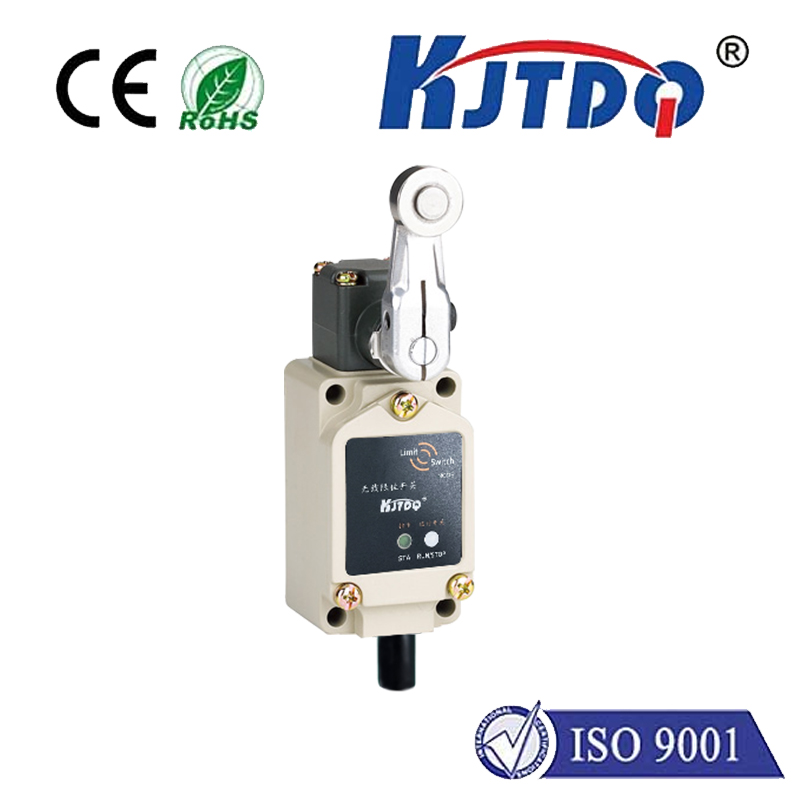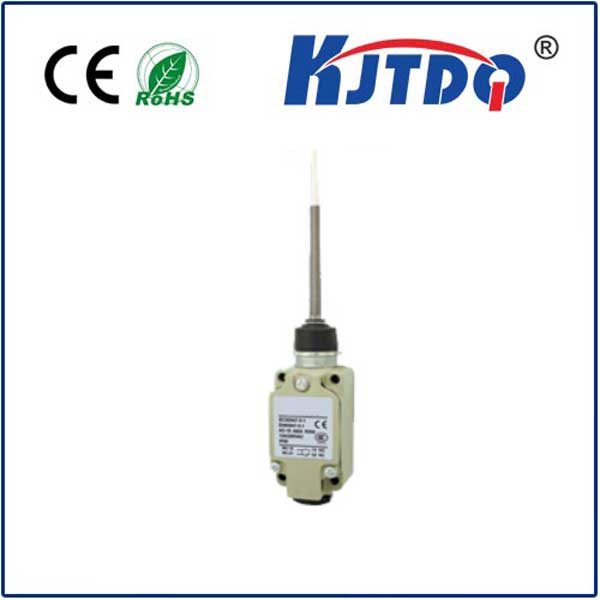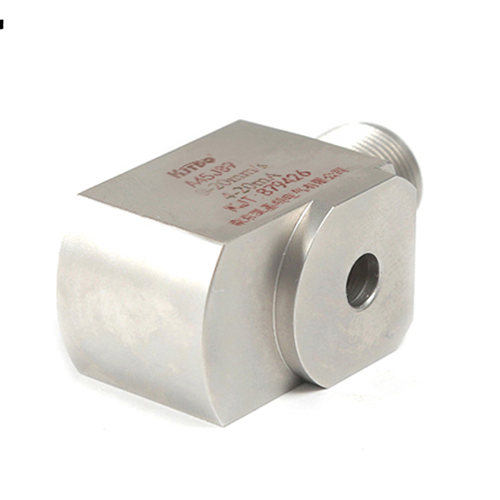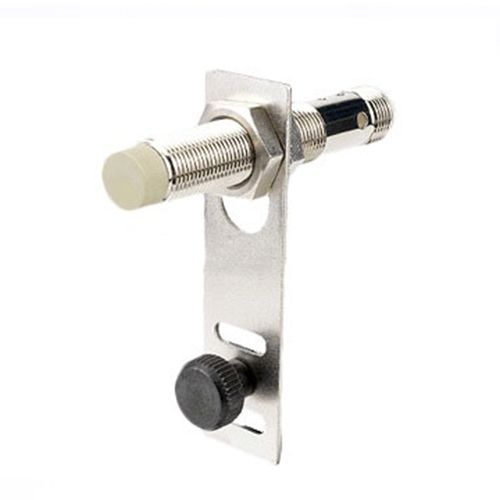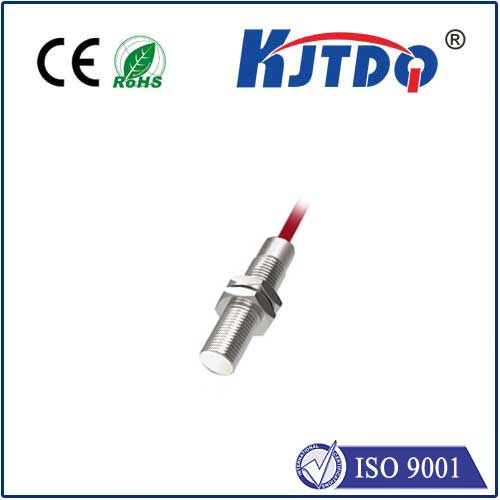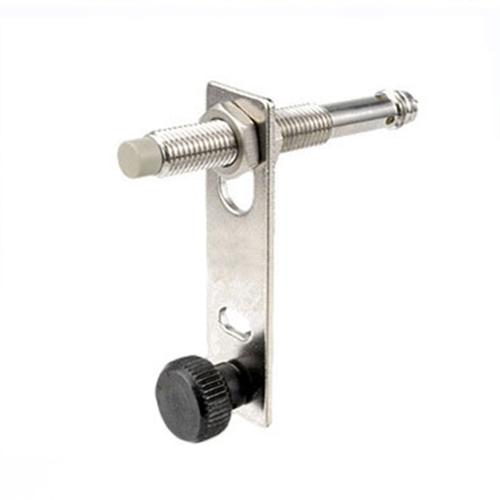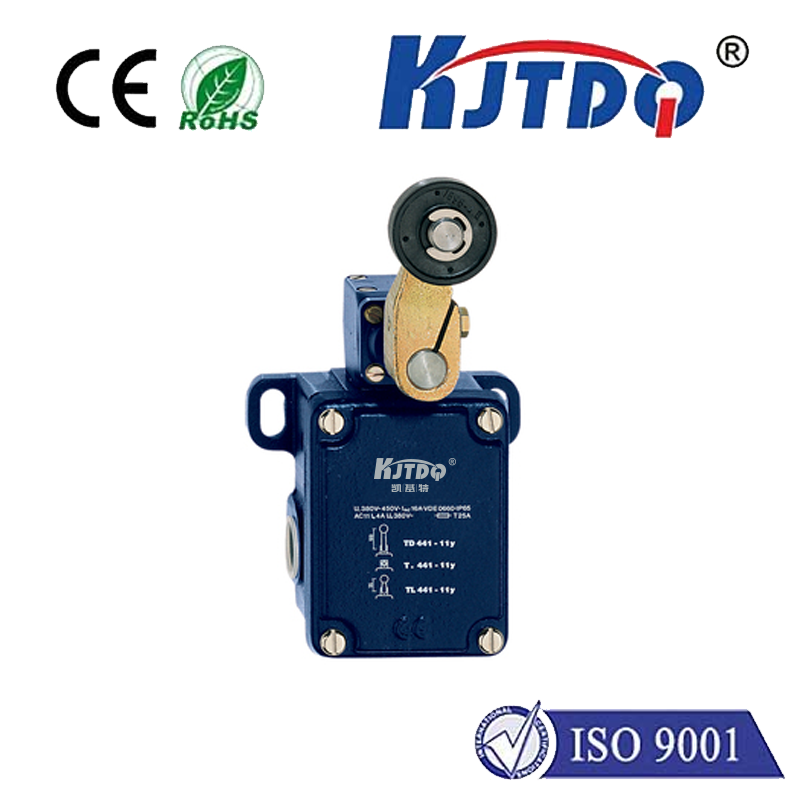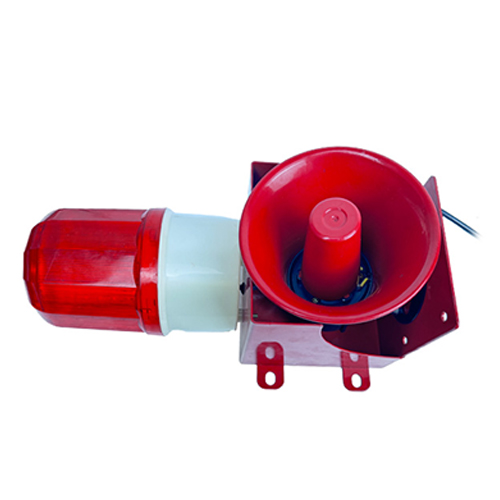apl limit switch
- time:2025-08-03 03:21:51
- Click:0
APL Limit Switches: Precision Control for Reliable Industrial Automation
Imagine a robotic arm on an automotive assembly line. Its precise, repetitive movements are choreographed down to the millimeter – welding, painting, installing components. Now, picture what happens if that arm overshoots its intended stopping point. Chaos, damage, costly downtime. This scenario underscores the unsung hero of countless industrial processes: the humble yet critical limit switch. And when reliability is non-negotiable, APL limit switches emerge as a trusted solution for engineers and maintenance professionals seeking unwavering precision control.
Automation Parts Ltd. (APL) has built its reputation on delivering robust, dependable components essential for modern industrial automation. Operating in demanding environments where failure is not an option, APL understands that devices like limit switches are fundamental building blocks. They are electromechanical sensors designed to detect the presence or absence of an object, or to monitor its position and travel limits within a system. Essentially, they act as the system’s “eyes” for physical boundaries, sending crucial signals to controllers to start, stop, or change operations.

How do APL limit switches deliver such vital reliability? It boils down to several core design and engineering principles:
- Rugged Construction: Factories and plants are harsh. Dust, moisture, temperature extremes, vibrations, and incidental impacts are commonplace. APL designs its limit switches with robust housings, often using high-grade metals or resilient engineering plastics, and employs stringent sealing (frequently meeting IP67 or higher standards) to ensure consistent performance despite challenging conditions. This durability translates directly to reduced maintenance frequency and cost savings.
- Precision and Repeatability: Accuracy is paramount. Whether signaling the end-of-travel for a linear actuator, confirming a gate closure, or indicating a pallet’s position on a conveyor, an APL limit switch provides consistent, reliable actuation. This precise feedback is critical for ensuring machinery operates within its safe and optimal parameters cycle after cycle.
- Actuator Variety: No single application is identical. APL offers a diverse range of actuator types to suit specific needs:
- Roller Lever: Ideal for detecting objects moving along a specific path.
- Plunger (Push Rod): Best for direct, straight-line actuation.
- Flexible Rod (Wobble Stick): Excellent for detecting objects approaching from various directions or for use in confined spaces.
- Rotating Shaft: Used for sensing angular position or rotation limits.
- Forked Lever: Effective for detecting the passage of objects.
This extensive selection ensures the optimal solution for precise detection requirements.
- Electrical Configurations: Flexibility extends to electrical contacts. APL limit switches are available with various contact arrangements (SPDT, DPDT, etc.) and ratings to handle different loads (from low-power control signals to higher inductive loads like solenoids or small motors). Options often include gold-plated contacts for superior reliability in low-current signal applications.
- Ease of Installation and Adjustment: Time is money on the factory floor. APL designs incorporate features like adjustable mounting brackets, clear visual indicators (often LED status lights), and accessible terminals or connectors, simplifying installation, setup, and future adjustments or replacements.
Where does this reliability translate into tangible benefits? APL limit switches are ubiquitous across sectors demanding robust precision control:
- Material Handling: Monitoring conveyor belt positions, pallet stops, crane travel limits, and gate/door positions in automated warehouses.
- Packaging Machinery: Ensuring cartons are correctly positioned for filling, labeling, or sealing; detecting product presence.
- Machine Tools: Defining safe travel limits for milling tables, lathe carriages, presses, and robotic arms.
- Automotive Manufacturing: Controlling robot arm movements, verifying fixture closures, confirming part placement on assembly lines.
- Process Control: Monitoring valve positions, damper settings, and hatch closures in chemical, food processing, or water treatment plants.
- Safety Interlocks: Serving as critical components in safety circuits, ensuring guards are securely closed before machinery can operate.
Choosing the right APL limit switch involves careful consideration of the application:
- Environment: What are the levels of dust, moisture, temperature extremes, and potential for chemical exposure or physical impact? Select the housing material and IP rating accordingly.
- Actuation Force & Method: How will the switch be triggered? Consider the object’s speed, mass, and direction of approach to choose the optimal actuator type (roller lever, plunger, flexible rod, etc.).
- Electrical Requirements: What voltage/current needs switching? Are normally open (NO) or normally closed (NC) contacts required? What is the required contact arrangement?
- Mechanical Life Expectancy: How many operating cycles will the switch endure? APL provides specifications to match durability needs.
- Mounting Constraints: How much space is available, and how does the switch need to be oriented for optimal actuation?
In the intricate symphony of industrial automation, every component must perform flawlessly. APL limit switches stand out as a cornerstone of reliable precision control. Their ruggedness, consistent accuracy, versatility in design, and proven performance under pressure make them an indispensable asset for engineers striving to maximize uptime, enhance safety protocols, and ensure the smooth, efficient operation of automated systems across countless industries requiring dependable position feedback. Investing in the right switch is an investment in the uninterrupted rhythm of production.






